
Which site would you like to visit?
By clicking the retail or wholesale site button and/or using rarewineco.com you are choosing to accept our use of cookies to provide you the best possible web experience.
May 3, 2010
Overall, 2009 is going to be a great vintage for top estates across much of Spain, with the best wines showing a magical balance of ripeness and restraint.
From May through September, it was relatively dry and cool (unlike 2003). By mid-September, most regions had adequate numbers (sugars, acids, etc.) to harvest. In most places, there was some rain in mid- or late September, and many estates rushed to harvest, but those who waited were rewarded with an Indian Summer with nearly perfect conditions. The vines resumed ripening, and any temporary dilution caused by the rains dissipated. Nonetheless, wines harvested before the rains may be good, but most likely, not great.
Alvaro Palacios (Priorato). Not surprisingly, 2009 has yielded some blockbusters here. Equally of note, though, were the amazing 2008s, particularly L’Ermita, which Alvaro considers his finest ever. [With 2.5 barrels produced, it will be painfully scarce.] Yields in 2008 were tiny, particularly for Garnacha which suffered from a poor flowering. The summer was long, but very cool, and the resulting wines are fresh and refined, like the 2007s but a touch more intense and defined. They also have aromatics rarely seen in Mediterranean wines, and the quality extends from L’Ermita all the way down to Camins.
“This is my 1982 Bordeaux!”
- Peter Sisseck on Spain's ’09 Vintage
Pingus (Ribera del Duero). Peter Sisseck, who believes that 2009 has everything, commented enthusiastically: “This is my 1982 Bordeaux!” In light of the exceptional quality of the fruit, Peter has decided to reduce considerably the amount of new wood, and intends to rack most of the Pingus and Flor de Pingus into used barrels by spring. Also, Peter used a proportion of stems in most wines, and almost 80% with the cult wine, Pingus Cuvée Amelia.
Bernabeleva (San Martín de Valdeiglesias). In his third year at this estate, winemaker Marc Isart noted that '09 was challenging for the thin-skinned Garnacha grape. Nonetheless, Bernabeleva’s ’09s, which are resting in 2nd and 3rd passage barrels, are gorgeous and express, perhaps more than ever, this zone’s uniquely Pinot-like aromatics. The pHs are around 3.2, further distancing these Garnachas from those produced in any other region.
Bodegas Olivares (Jumilla). Two thousand nine was a nearly perfect vintage at this estate. Once again, the wines have tremendous richness, but exhibit real restraint and harmony. They are also experimenting with large, 3000L barrels and the first set of wines raised in these casks are very promising.
Descendientes de José Palacios (Bierzo). When I visited, the 2009s were in Malo, and therefore difficult to assess. The 2008s, though, continue the string of great, classic vintages that started with 2006. In fact, the 2008s show the most terroir specificity of any vintage made here to date. Meanwhile, the 2007s are like a synthesis of 2006's rich fruit and 2008’s intense delineation. In other words, they’re complete wines that would stand on the table with most 1er cru red Burgundy.
“I dare anyone to taste this next to any peer in Rias Baixas”
Quinta do Feital (Alvarinho). The 2009 growing season was challenging for Marcial, requiring very strict selections. But this is a great year to showcase how serious Marcial’s selections are, as the wines are going to be vastly superior to much of what’s produced in Rias Baixas, and they’re approaching the great 2008s. The 2008 Dorado is about to be bottled, and it keeps gaining in weight and complexity. I dare anyone to taste this next to any peer in Rias Baixas—it shows far more weight on the palate and more intense aromatics in the glass.
Esteban (Porriño). This was my second trip to this modern seafood restaurant. They get everything right, and avoid many of the tiresome “trying too hard” intricacies of many top Spanish restaurants today. Traditional food with one or two updated touches on each plate. We had a gorgeous whole Daurade with toasted garlic and fresh olive oil that was perfect, and washed it down with a bottle of Marcial Dorado’s 2006 Alvarinho “Dorado - Unsulfured”.
Casa Paco (Pinoso). Located near the town of El Seque, in the province of Alicante, this little restaurant is legendary for its wild hare and snail paella. Connoisseurs regularly make the drive from Valencia, Murcia, or even Madrid to get a taste of this masterpiece. The local snails feed on wild herbs, and have an intensely “Garrique-y” flavor that needs nothing but salt and olive oil as dressing. The Paella is almost (but not quite) burnt to the pan, and scraping the caramelized rice off the communal pan is intoxicating.
Torrijos (Valencia). Valencia’s Ca’Sento remains my favorite dining experience in Spain, but several people had told me that Torrijos was even better. Sento gets the perfect blend of innovation (he worked at El Bulli before returning to his family restaurant) with traditional Valenciana cuisine. On this night, Torrijos struck me as a restaurant that was trying too hard. A composed “Russian Salad” seemed pointless. Hake with artichokes and ryebread soup had too many flavors, but not enough intensity, to find a focus. A Cannelloni filled with meats and topped with black truffle arrived baked in a clay crust. It was topped with black truffle and offered a lot of flavor for the first 2 bites, but grew tiresome by the end of the plate. The sommelier didn’t know her list, and didn't even have the first two bottles that I ordered. I'll go back to Ca’Sento on my next trip!!!
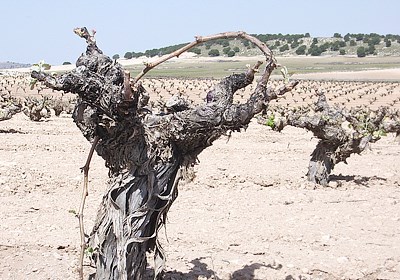
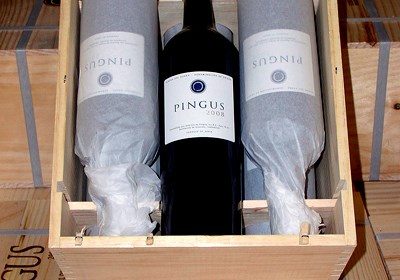

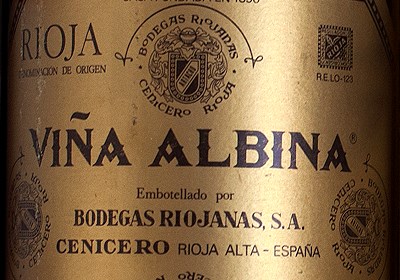
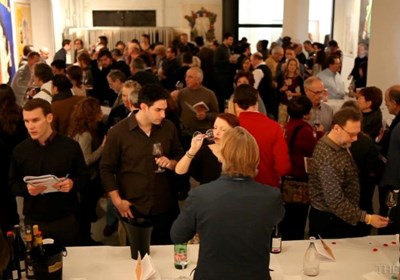
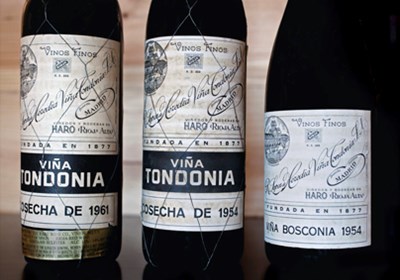


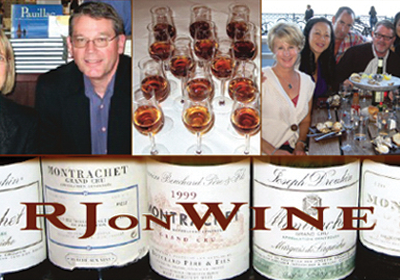
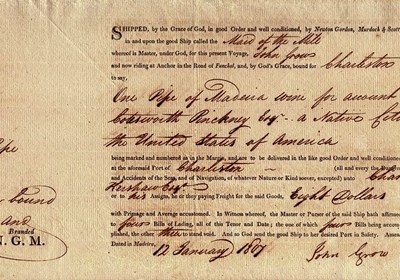
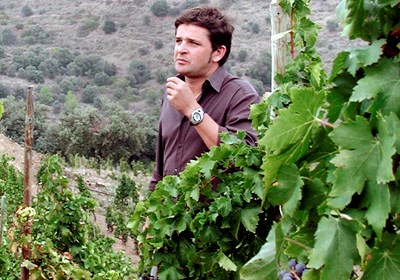
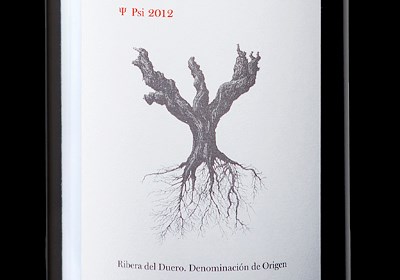
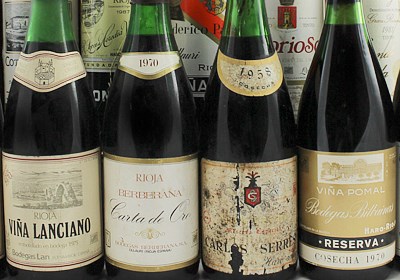
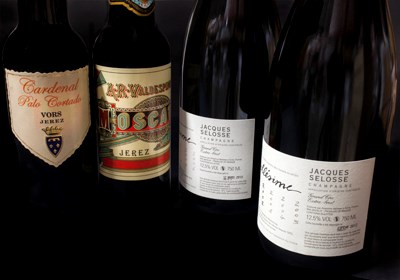
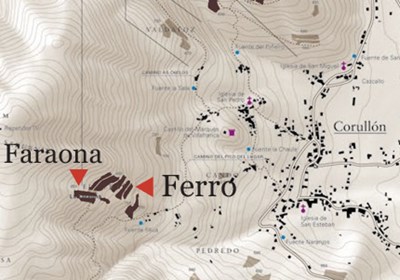
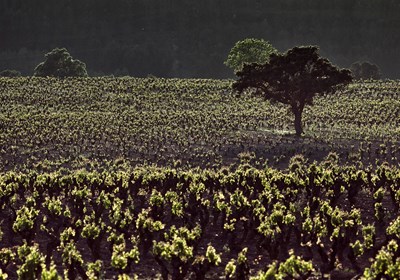
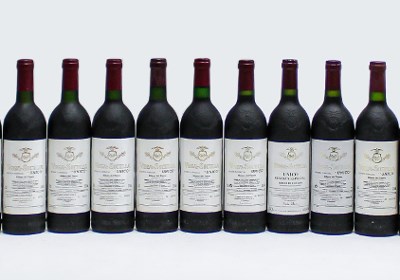
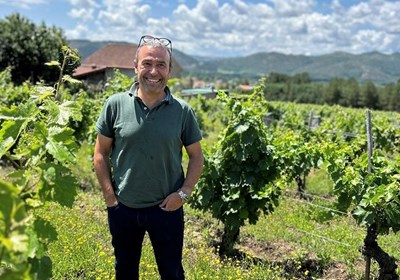
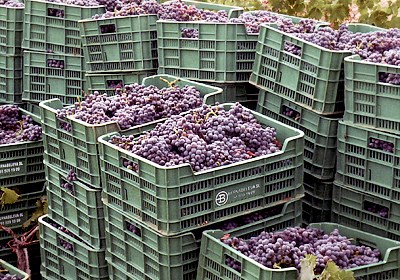
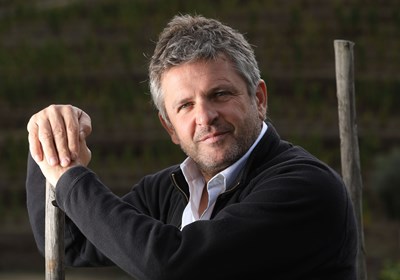
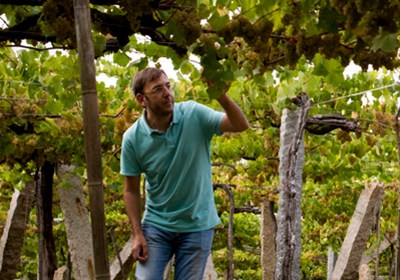

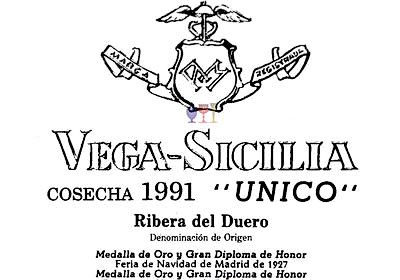
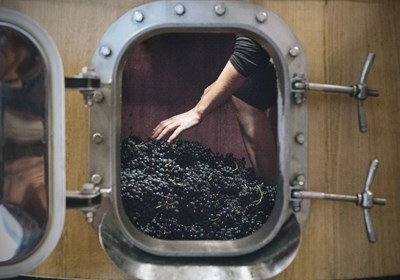

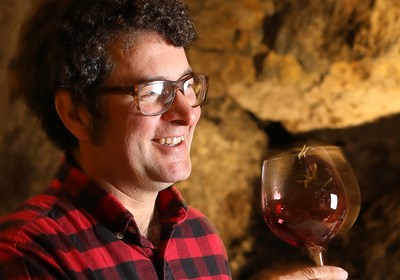
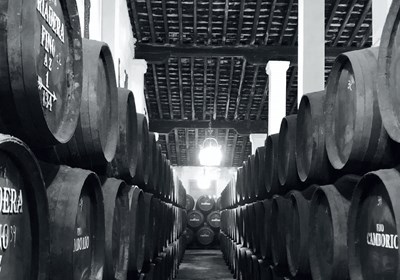
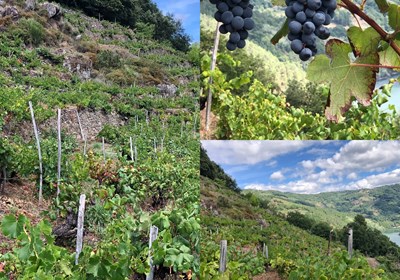
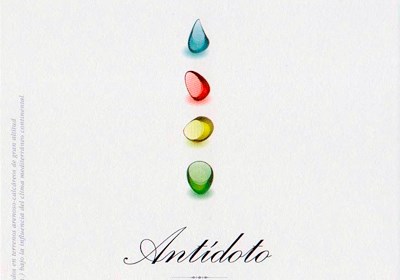

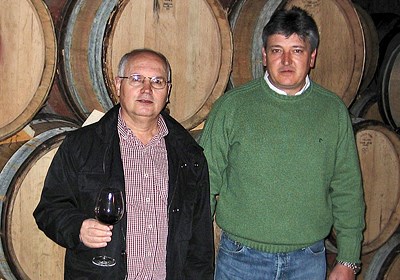
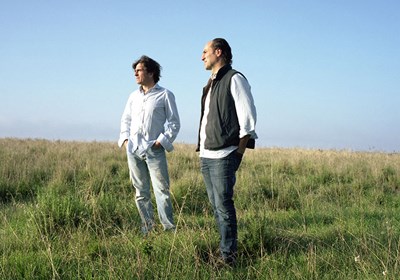
New discoveries, rare bottles of extraordinary provenance, limited time offers delivered to your inbox weekly. Be the first to know.
Please Wait
Adding to Cart.
...Loading...


By clicking the retail or wholesale site button and/or using rarewineco.com you are choosing to accept our use of cookies to provide you the best possible web experience.

